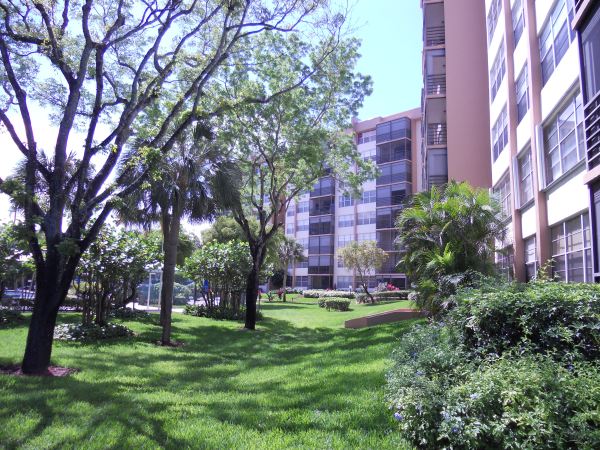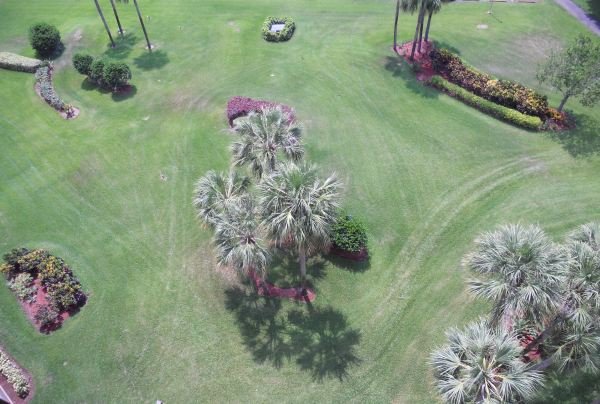Most of North America's notable elms are Ulmus americana, a fast-growing and long-lived species capable of attaining great size in a few centuries, especially when open-grown.
Elms are deciduous and semi-deciduous trees comprising the genus Ulmus in the plant family Ulmaceae. Dozens of elm species are found in the temperate and tropical-montane regions of North America and Eurasia, ranging southward into Indonesia. Elms are components of many kinds of natural forests. During the 19th and early 20th centuries, many species and cultivars of elms were planted as ornamental street, lawn, and park trees in Europe, North America, and parts of the Southern Hemisphere, notably Australasia. Some individual elms have reached great size and age. In recent decades, many elms of European or North American origin have died from the Dutch elm disease, a beetle-dispersed fungus; in response, horticulturists have developed various kinds of disease-resistant elm trees, allowing the genus to be increasingly used again in horticulture and landscaping.
The Elm Building
Elm leaves are alternate, with simple, single- or, most commonly, doubly serrate margins, usually asymmetric at the base and acuminate at the apex. The genus is hermaphroditic, having apetalous perfect flowers which are mostly wind-pollinated, although bees do visit them. The fruit is a round wind-dispersed samara flushed with chlorophyll, facilitating photosynthesis before the leaves emerge.[1] All species are tolerant of a wide range of soils and pH levels but, with few exceptions, demand good drainage.
The genus Ulmus first appeared in the Miocene geological period about 20 million years ago. Originating in what is now central Asia, these trees flourished and spread over most of the Northern Hemisphere, traversing the Equator in Indonesia.
The other genera of the Ulmaceae are Planera (water elm) and Zelkova (zelkova). The genus Celtis (hackberry or nettle tree), formerly included in the Ulmaceae, is now included in the family Cannabaceae.







